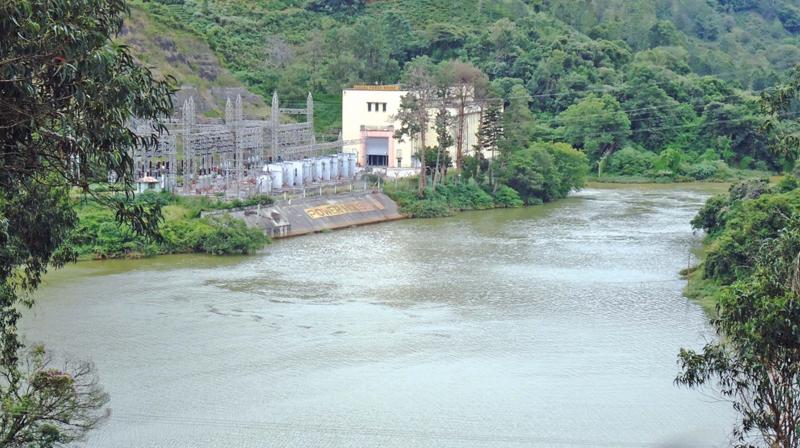Ooty: Rains push up hydro-power output
70L units of power generated per day now.

OOTY: Only by the end of July, apprehensions began to crop up in the hydrology sector here in the Nilgiris, as the SW monsoon rainfall this year proved to be scanty. As per rainfall data of the Indian Meteorological Department, the whole of the Nilgiris received only 240 mm rainfall by end of July against its normal rainfall of 482 mm for June and July, the months known for heavy downpour in the Nilgiris.
But, things began to change drastically from the first week of August that saw the hills receiving 823 mm of rains to this date for the SW monsoon period that began in June, that shows rainfall to be around 580 mm in August alone. While the average rainfall in the Nilgiris in the SW monsoon that stretches from June to September is 760 mm, data showed that this year the rainfall was in excess already.
Yes, from scanty to bounty in a three weeks time, saw that almost all reservoirs in the central and western Nilgiris contributing to hydro-power generation are brimming up, thus bringing a broad smile on the hydro-power generation wing in the Nilgiris as the rains pushed up hydro-power generation in a promising note.
It is a fact that by the end of July, due to paucity of rainfall, hydro power managers expressed concerned over the falling water levels in reservoirs and the inability to generate hydro-power during the SW monsoon period. Of course, the bountiful rains in August, the third quarter of the SW monsoon season, changed everything positive for the hydro-power generation units in the Nilgiris that contribute towards nearly 40 percent of the total hydro-power generation in the state.
Tangedco sources said that there are 12 hydro-power generation stations in the Nilgiris with a total installed capacity of 833.65 MW. As of now, 70 lakh units of electricity per day is being generated in the Nilgiris from its 12 hydro-power generation stations.
Water storage capacity in the reservoirs contributing water to the 12 hydro-power generation stations in the Nilgiris is around 18 tmc, sources maintained and exuded confidence that more rains in the coming months will sustain hydro-power generation at a steady pace.
Municipal engineer S. Ravi, said that the storage level in drinking water reservoirs in and around Ooty town is very good, and this will help regular supply of water to the town without any glitch in the coming months.

